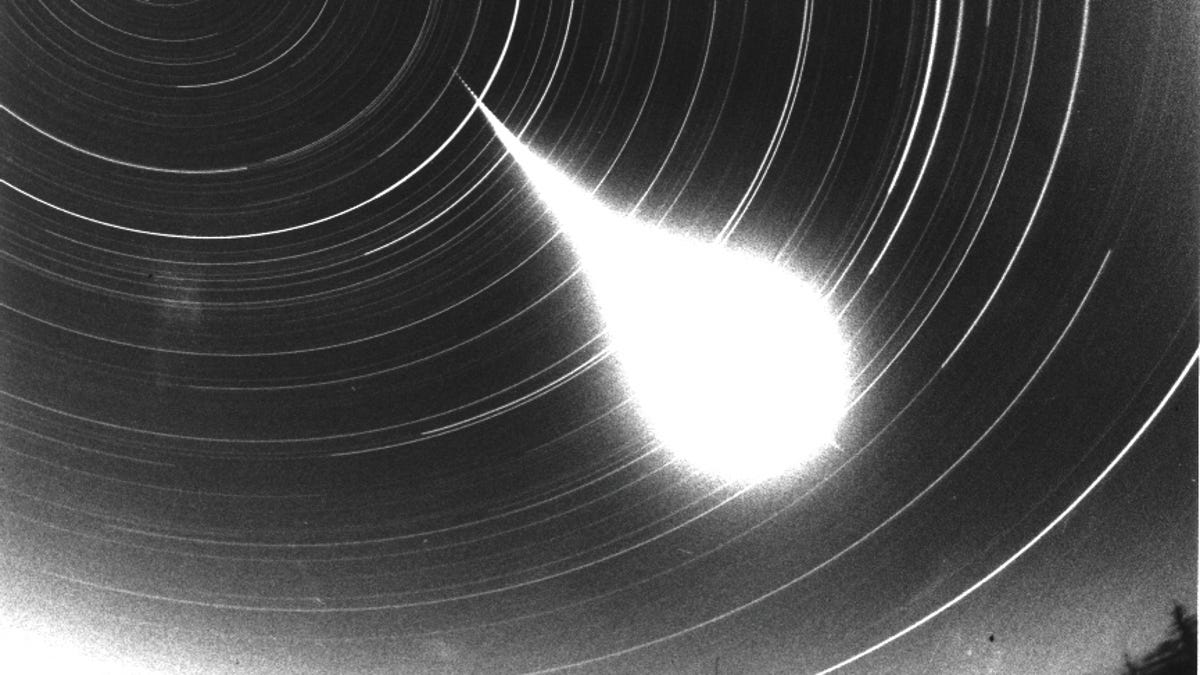Asteroid no longer expected to smack Earth in eight years
Oh, you didn't hear about the impending disaster? Don't worry, it's all cleared up now.

An unwanted asteroid visit has now been canceled.
It looks like an asteroid perhaps as large as a football stadium definitely isn't going to have a catastrophic collision with Earth eight years from now.
Asteroid 2017 RH16 was previously thought to be on a trajectory that would bring it within 2,628 miles (4,229 kilometers) of Earth. In space terms, that's very close for comfort -- consider that most communications satellites are orbiting at about ten times that distance.
But a team of astronomers from the University of Hawaii and the European Space Agency (ESA) were recently able to make some new observations of the space rock and refine predictions for its future approaches. Based on this new data, 2017 RH16 is now expected to clear Earth by over 2 million miles when it passes closest by us on Aug. 31, 2026.
This is especially good news, because the asteroid had been on top of the ESA's list of impact risks for the next century. 2017 RH16 could be up to twice the diameter of the meteor that exploded over Chelyabinsk, Russia, creating a blast that blew out windows and injured thousands.
So please remove "brace for shock waves and potential rain of hellfire" from your calendars and resume your event planning for the late 2020s.

